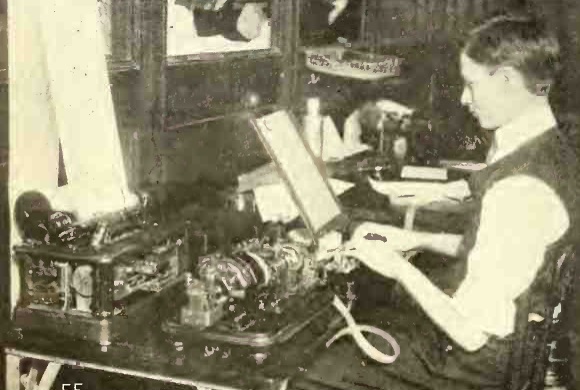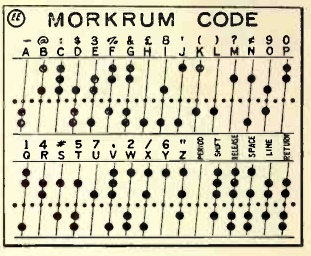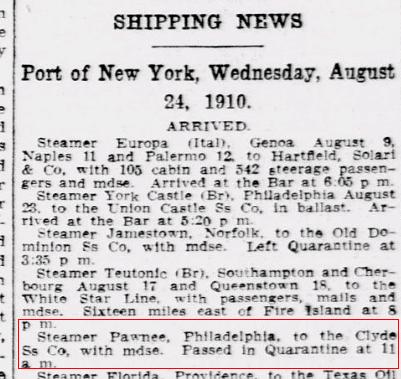Many hams and others will instantly recognize the picture above as being the tape from a teletypewriter machine. The machines were capable of sending faster than operators could type, so to reduce transmission time, the message could be punched onto the paper tape shown here and fed into the machine for later transmission. I remember such devices still in use into the 1980’s by hams using radioteletype (RTTY), and the machines invariably originated from landline telegraph systems.
And most hams who look at the image closely will immediately notice that it’s a 5-bit code, and they will probably proclaim pretty quickly that it’s Baudot, since the Baudot 5-bit code was in use for many years.
They might be surprised to learn the age of this particular tape, and they will also be surprised to learn that it’s not Baudot. This tape is a hundred years old, shown here from the May 1915 issue of Electrical Experimenter. The technology was relatively new at the time, and the accompanying article describes it in some detail. The particular tape shown here came from  the Associated Press, and is the beginning of a news item. The AP New York office sent out 32,000 words a day over the wire, and this type of automation was necessary to handle the volume of news. During the office’s busiest hours of the day (11:00 AM – 1:00 PM), three or four operators were perforating tape simultaneously so that these tapes could be fed into the machine that sent them out. One of those operators is shown here.
the Associated Press, and is the beginning of a news item. The AP New York office sent out 32,000 words a day over the wire, and this type of automation was necessary to handle the volume of news. During the office’s busiest hours of the day (11:00 AM – 1:00 PM), three or four operators were perforating tape simultaneously so that these tapes could be fed into the machine that sent them out. One of those operators is shown here.
And despite the similarities, the code being used in this tape is not Baudot. It turns out that standardization didn’t take place for a few more years. The code shown here is “Morkrum Code.” If you look closely, you’ll see that the code for the letter A appears to be the same. And like Baudot, it required the operator to shift from letters to characters and back again. But the encoding is different. If you’re interested in the history of the various codes in use, you’ll find them in an article entitled The Evolution of Character Codes, 1874-1968 by Eric Fisher.
The code that’s undoubtedly bringing these words to your screen are the ASCII code, an 8-bit code which came into use in the early 1960’s. But the basic idea has been around for over a century.
The tape at the top of the page, read from right to left, reads as follows:
MER PAWNEE. PHILADELPHIA. TO THE CLYDE
S S CO. WITH MDSE PASSED IN QUA
This scrap of tape appears to have originated five years earlier, since this snippet appeared in the shipping news of the New York Tribune on August 25, 1910, in the clipping shown below.
Click Here For Today’s Ripley’s Believe It Or Not Cartoon ![]()



